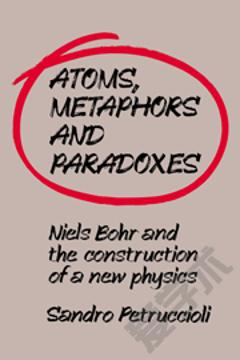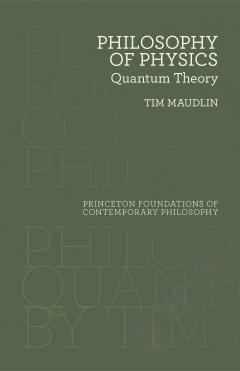Niels Bohr's Times —— In Physics, Philosophy, and Polity
----- 尼尔斯玻尔的时代
Niel Bohr's life spans times of revolutionary change, in science and in its impact on society. Along with Einstein, Bohr can be considered as this century's major driving force behind the new mathematical and philosophical descriptions of the atom, the nucleus, and all that resulted from them. Abraham Pais, a biographer of Einstein, traces Bohr's progress from his well-to-do origins in late-19th century Denmark to his central position in the world political scene, particularly because of the development of nuclear weapons during the World War II. Bohr was one of the great enabling figures in modern science, not only because of his direct involvement in the application of quantum theory to the understanding of the structure of the atom, but also because he gathered around him in Copenhagen most of the brightest young minds of the period. Figures like Pauli, Dirac and Heisenberg, all required Bohr's imprimatur, to varying degrees, before they considered their work ready for widespread consumption. He had a complex relationship with Einstein, both in terms of their fundamental disagreements and their profound, though distant, mutual respect. He owed an important debt to his mentor, Rutherford - a man who came to serve, in many ways, as his role model. Pais describes the state of physics before Bohr, and considers his legacy, both theoretical and practical. But more than this, he captures the essence of Bohr, the intensely private family man who, despite appalling personal tragedy, became one of the best-loved cultural figures of recent times. Abraham Pais is the author of "Subtle is the Lord" and "Inward Bound".
{{comment.content}}








 京公网安备 11010802027623号
京公网安备 11010802027623号